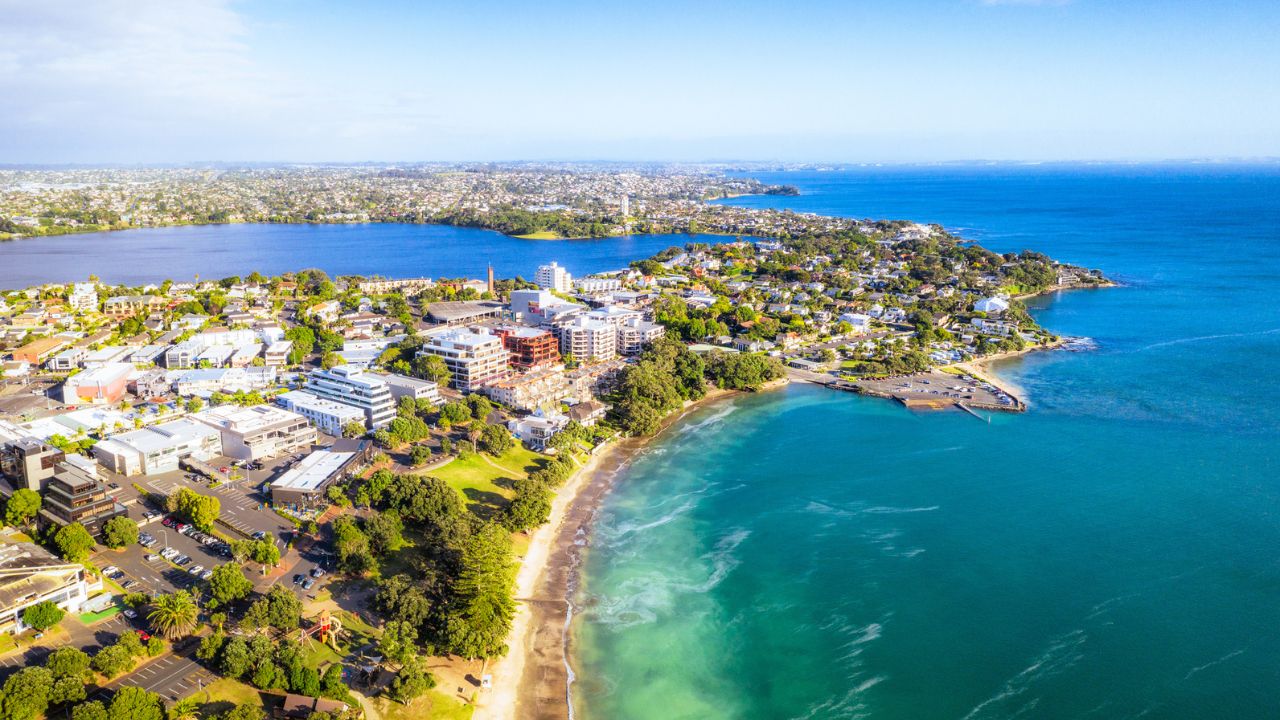According to Cotality NZ’s latest Housing Affordability Report, the national value-to-income ratio has fallen to 7.5 in Q2 2025, while the time required to save a deposit has reduced to 10 years, compared to almost 14 in 2021.
The improvement comes as the Official Cash Rate reaches its lowest level in three years, having been reduced by 250 basis points since August 2024, while national property values remain almost 17 per cent below their post-COVID peak.
Cotality NZ Chief Property Economist Kelvin Davidson said mortgage serviceability has seen the most significant change in affordability metrics.
“Mortgage repayments now absorb around 44 per cent of median household income, compared with a peak of 57 per cent in 2022. That takes servicing costs back to their lowest level in more than four years and only marginally above their long-run average of 43 per cent,” he said.
The gains in affordability have been most pronounced in Auckland, Tauranga and Wellington, where mortgage repayments are now sitting slightly below their long-term norms.
Auckland’s value-to-income ratio has fallen to 7.9, its lowest level in a decade, while Wellington sits at 6.4, returning to its long-run average for the first time since 2016.
“Wellington is not suddenly a cheap market, but it is more affordable than it has been for many years,” Mr Davidson said.
Tauranga remains the least affordable of the main centres in absolute terms, with house values sitting around 8.5 times household incomes, though this represents a significant improvement from the peak of nearly 12 in late 2021.
By contrast, Hamilton, Christchurch and Dunedin have experienced more limited improvements, as property values in these cities have shown greater resilience during the market adjustment.
The rental market presents a different picture, with the national rent-to-income ratio sitting at 28 per cent, compared to a long-term average of 26 per cent.
While Auckland and Wellington rental markets have normalised to historical levels, at 25 per cent and 23 per cent respectively, other centres face greater challenges.
In Hamilton, Christchurch and Dunedin, households are now spending close to 30 per cent of their income on rent, representing record highs for each of these markets and at least three percentage points above normal levels.
Tauranga has the highest rent-to-income ratio of any main centre at 34 per cent, indicating that rental affordability remains stretched despite improvements for buyers.
Looking ahead, Mr Davidson said the August rate cut and potential further easing could provide additional relief for borrowers and support housing market activity.
However, he said that broader economic factors will moderate any recovery, which could help maintain affordability improvements.
“With mortgage servicing costs already back around long-term norms, affordability is unlikely to constrain the market to the same degree it did during the downturn,” he said.
Mr Davidson said that addressing New Zealand’s long-term affordability challenges will require sustained effort to increase housing supply.
“New Zealand’s affordability challenges have been driven by a persistent imbalance between demand and supply,” he said.
“Sustained progress will depend on delivering more dwellings, more land and the infrastructure to support growth – both in terms of property available to buy and for renters.
“Recent policy moves are encouraging, but addressing supply will take sustained effort over many years.”

